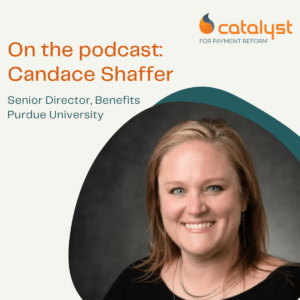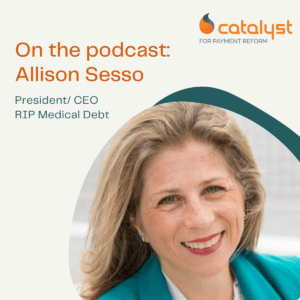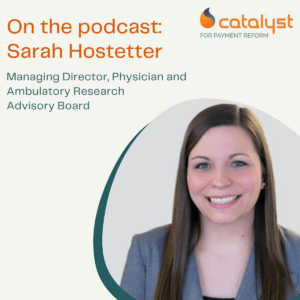Suzanne calls up Gloria Sachdev to discuss the Employer’s Forum of Indiana’s (EFI) latest tool, Sage Transparency. Sage Transparency is a tool that brings together public and proprietary data on hospital pricing and quality. It gives users access to price and quality data for thousands of hospitals across the United States—and it’s free!
So what do the data say? Well, they confirm a lot of what employer-purchasers are feeling at the moment.
“We’re seeing just about the fastest rate of health care inflation in our data ever.”
What’s a solution? Price Transparency Data.
We have all of this price transparency data, what are we going to do with it?
Well, we need a new model if we’re going to get consumers to use it. We have to get to them upstream, we have to make it really simple, and we have to change the incentives so that they save thousands of dollars by getting with the program.




















